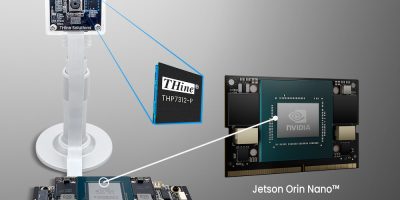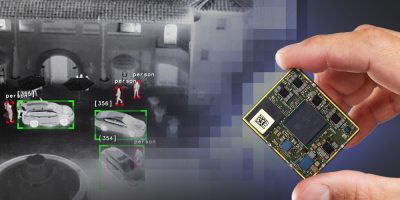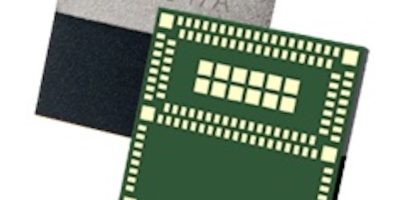As we see an increased number of electric vehicles (EVs) on the road, the necessary charging infrastructure must expand to meet the increased demand. Adding credit card payment options to EV chargers is becoming a standard practice in many countries—and is a mandate in the European Union—and chargers need to meet Payment Card Industry (PCI) security standards. To help EV charger designers protect their payment architectures, Microchip has launched the MXT2952TD 2.0 family of secure touchscreen controllers.
Typical touch-enabled human machine interface (HMI) and radio frequency identification (RFID) combination-based payment systems are vulnerable to hacking attacks via malicious software updates or man-in-the-middle attacks when a user enters their personal identification number (PIN) on the touchscreen. Physical mesh barriers and sensors are often used around these integrated circuits (ICs) for protection from hacking. Constant reflashing of software and device resets are used to help safeguard software integrity. The MXT2952TD 2.0 family is designed to encrypt touch data and cryptographically authenticate software updates to minimise risk and meet PCI certification compliance standards. When the RFID reader IC and the touchscreen controller are on different printed circuit boards (PCBs), it is especially difficult and expensive to build physical barriers for hack protection. Embedded firmware on the MXT2952TD 2.0 provides a more easily implemented solution for EV charger manufacturers to remain compliant with security regulations and avoid the cost of adding a second, expensive touchscreen payment module to the charger.
The outdoor nature of EV charger HMIs demand they withstand harsh weather conditions, function accurately in the presence of moisture and are resistant to vandalism. MXT2952TD 2.0 touch controller-based touchscreens remain effective when designed with IK10 standard 6 mm-thick glass, anti-reflective, anti-glare and anti-fingerprint coatings and IR filter/UV filter layers. Microchip’s proprietary differential touch sensing delivers exceptional noise immunity for superior touch performance even when used with thick gloves.
“The maXTouch 2952TD 2.0 family provides EV charger designers with a cost-effective, secure design architecture for implementing credit card payments with PIN entry on their touchscreens,” said Patrick Johnson, senior corporate vice present overseeing Microchip’s human machine interface division. “Combined with the rugged, outdoor HMI touchscreen technology that Microchip’s maXTouch portfolio is known for, the new addition to the 2952TD family of touchscreen controllers offers our customers secure designs and the exceptional touch performance necessary for outdoor applications.”
In addition to EV chargers, the MXT2952TD 2.0 family is well-suited for most unattended outdoor payment terminals such as parking meters, bus ticketing meters and other types of point-of-sale (POS) systems. The 2952TD 2.0 is specifically optimised for 20” screen sizes and its sister part, the MXT1664TD, is available for 15.6” screen sizes.
Standard maXTouch family development tools are available including maXTouch Studio Integrated Development Environment (IDE) and maXTouch Analyser, a production end-of-line test/inspection tool.
Microchip also has a number of factory-trained global touch sensor module partners to help support custom touch sensor and/or touchscreen display designs.







